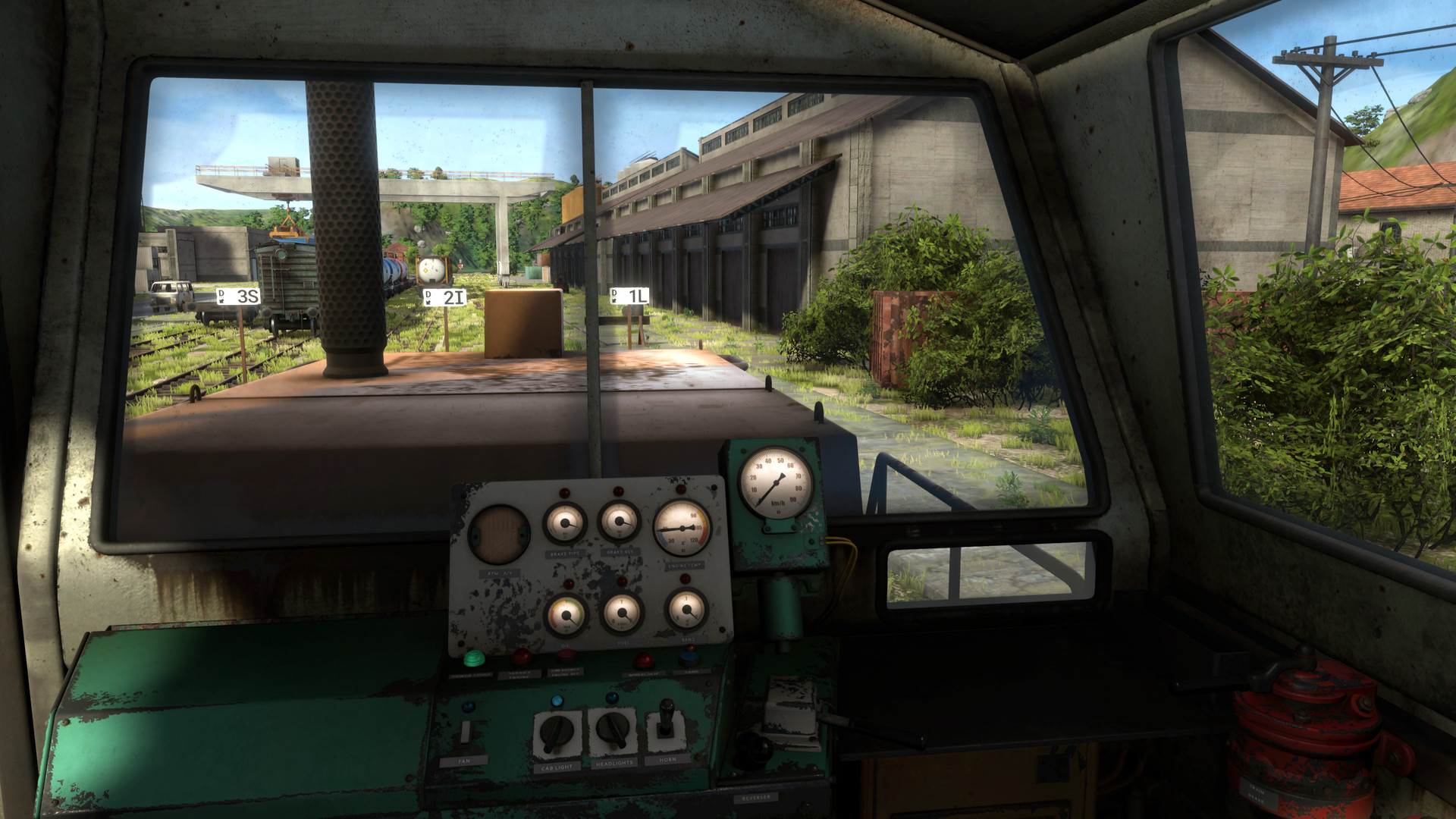
Depending on end user, it is categorized into defense & security, civil aviation, education, entertainment, and others. By component, it is categorized into hardware and software. The virtual training and simulation market is segmented on the basis of component, end user, and region. Further, these companies have expanded their virtual training and simulation market opportunities presence through strategic alliances and are working toward launching upgraded products in the market to gain maximum market share as well as to deliver better benefits to the stakeholders. Over the years, these market leaders have established themselves with continuous investment on product innovation, which has enabled them to improve the quality, capability, and performance of the training and simulation solutions. The study provides Porter’s five forces analysis of the virtual training and simulation industry to understand the impact of various factors such as bargaining power of suppliers, competitive intensity of competitors, threat of new entrants, threat of substitutes, and bargaining power of buyers on the market. The report focuses on the growth prospects, restraints, and market analysis.

In these industries, training can be made effective for respected crew members at minimum costs and without compromising any human life. In addition, it finds applications in other industries such as mining, energy, and transportation. Virtual training and simulation is majorly used in industries such as defense & security, civil aviation, healthcare, digital manufacturing, education, and entertainment. With an increase in expenditure, the number of sales of related equipment in these sectors is expected to increase, including for virtual training and simulation equipment. Over the past few years, increase in defense, healthcare, and education expenditure has been observed, especially in Asia-Pacific, LAMEA, and European countries this is expected to significantly boost the growth of the virtual training and simulation market during the forecast period. Get more information on this report : Request Sample Pages This technology is utilized in various fields such as civil aviation, military, e-learning, serious gaming, simulation-based gaming, entertainment, digital manufacturing, and healthcare due to its advantages such as ease of handling and understanding, offers virtual environment as close as real one, and efficiency of training. Rise in awareness regarding virtual training and simulation positively drives the virtual training and simulation market growth.

Train simulator vr software#
Post COVID-19, virtual training and simulation software is expected to attain significant growth, owing to growing demand for online content, certification courses, corporate learning, learning management systems (LMS), and other e-learning tools It is widely applicable in-flight simulation, simulation-based gaming, serious games, healthcare training, energy, transportation training, e-learning, military & navy, digital manufacturing, and others.

Virtual training is a training method in which a simulated virtual environment is created to test certain abilities of a trainee that can contribute to the learning process. The virtual training and simulation market size was valued at $204.41 billion in 2019, and is projected to reach $601.85 billion by 2027, growing at a CAGR of 13.7% from 2020 to 2027. Virtual Training and Simulation Market Insights - 2027


 0 kommentar(er)
0 kommentar(er)
